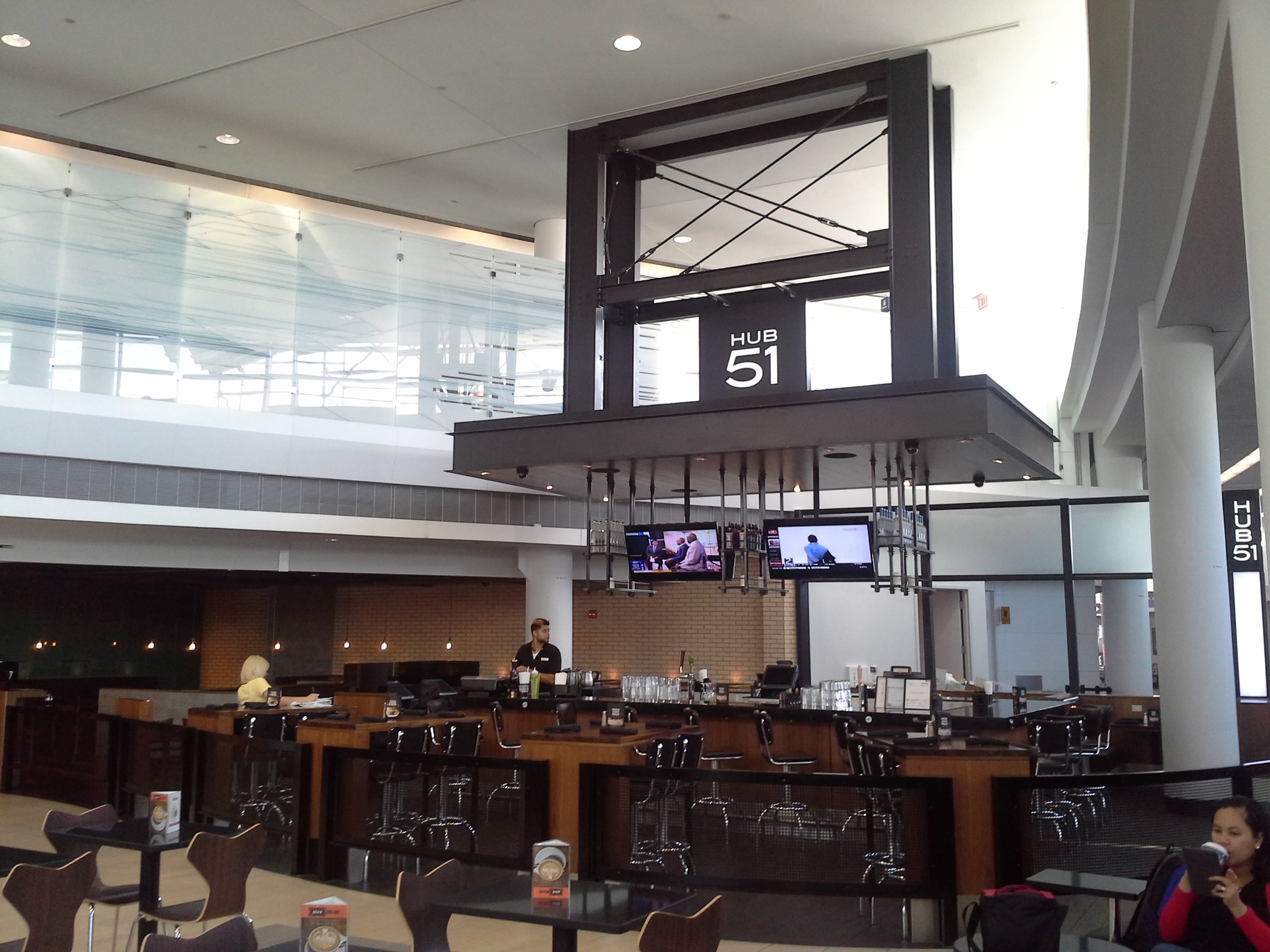What are the trickiest aspects of retail, restaurant and mixed-use projects and what trends lie ahead? Read on for solid advice from experienced professionals.

Respondents
Jason Gerke, PE, CxA, LEED AP BD+C
Practice Area Leader – Mechanical/Plumbing | Principal
Milwaukee
Wayne Griswold, PE, CFPS
Principal Fire Protection Engineer
Denver
Jonathan Robertson, PE, LEED AP BD+C
Associate Principal, Mechanical
Austin, Texas
Sunondo Roy, PE, LEED AP
Vice President
Chicago
CSE: What unusual systems or features are owners requesting to make their restaurant, retail or mixed-use projects more energy efficient?
Gerke: It is not typical to include certain energy efficiency solutions in these project types unless the engineering team is pushed to use these products by the code. However, progressive owners of these spaces want to do what can be done to reduce operational costs. This relates to both energy cost reduction as well as the ability to monitor and diagnose system issues remotely. The integration of lighting and HVAC controls is important to some of our clients as well to allow for a single interface to adjust, monitor and optimize these systems.
Robertson: Transition spaces and connecting people to the outdoors. Transition spaces are spaces where people are in the midst of going from one space to another. For these spaces, the expectations of comfort are less allowing for elevated temperatures within them and smaller equipment. Additionally, more spaces are being connected to the outdoors where a wall or window system opens up during favorable weather conditions allowing for folks to ensure the outdoors from the comfort of indoors.
CSE: What types of sustainable features or concerns might you encounter for these buildings that you wouldn’t on other projects?
Robertson: Of concern is the general oversizing of systems resulting from either rule-of-thumb designed tenant improvements or from tenant lease language requiring a certain cooling capacity before a load calc is even done. Modularity, particularly VRF, has allowed capacity to be built up on an as needed basis and for equipment to be turned off when not in use.
CSE: What types of renewable or alternative energy systems have you recently specified to provide power? This may include photovoltaics, wind turbines, etc.
Robertson: Primarily, photovoltaics are used as opposed to other technologies such as hot water panels or wind turbines. This is because the price keeps on falling for them and the energy produced can be for more than hot water generation. For restaurants, one of the biggest hurdles is getting enough capacity/space on the roof where space is already at a premium for mechanical equipment.
CSE: What are some of the challenges or issues when designing for water use in such facilities?
Robertson: Historically, there is not much metered data for these types of spaces other than the main utility meter so predicting water usage and the effectiveness of water conservation measures is a challenge.
CSE: How has the demand for energy recovery technology influenced the design for these kinds of projects?
Roy: Energy recovery is exempt for kitchen type I and II exhaust hoods. Due to cost considerations, run-around loops are not a cost-effective option for this application. The best energy saving solution is to ensure sure the hood exhaust does not run continuously when the kitchen is not in cooking operation. Keeping the hood on/off switch within easy reach is crucial to ensure it is actually turned off after normal kitchen operation hours. Adding a pilot light is an easy visual indicator whether the hood is on or off. After that, it is the restaurant management that needs to emphasize the adverse energy impact of running the exhaust fan 24/7.
Robertson: Energy recovery is becoming more integrated and more plug and play rather than having to hack together system components that may never have been intended to be used in such a way making energy recovery simpler to integrate.
CSE: What value-add items are you adding these kinds of facilities to make the buildings perform at a higher and more efficient level?
Robertson: Premium efficiency products are a good place to start as the incremental cost add is usually negligible when compared to the life cycle cost. Additionally, a focus on the occupant by installing higher efficiency air filters and water filters can increase the desirability of a space.
CSE: What level of performance are you being asked to achieve, such as WELL building standards, U.S. Green Building Council LEED certification, net zero energy, Passive House or other guidelines?
Robertson: Our firm is seeing an uptick of the Living Building Challenge and WELL building standard. For a corporate headquarters in Columbus, Ohio, employee health is a paramount goal of the owner and measures such as high efficiency air filtration, whole building water filtration and access to a gym are all being incorporated into the project. The ability to get WELL or LEED certification is a driving force as many tenants in mixed-use properties are asking for this.
CSE: How have energy recovery products evolved to better assist in designing energy–efficient restaurant, retail or mixed-use projects?
Robertson: Integration has been the biggest impact. In the past, energy recovery devices were an add on, at best, to a product line. Now they are so integrated ordering equipment, installing it, start–up and commissioning are all simplified. Energy code compliance documentation also is simplified as now tested and validated integrated system performance can be provided by the manufacturer in lieu of having to essentially make what amounts to an educated guess in the energy model.



